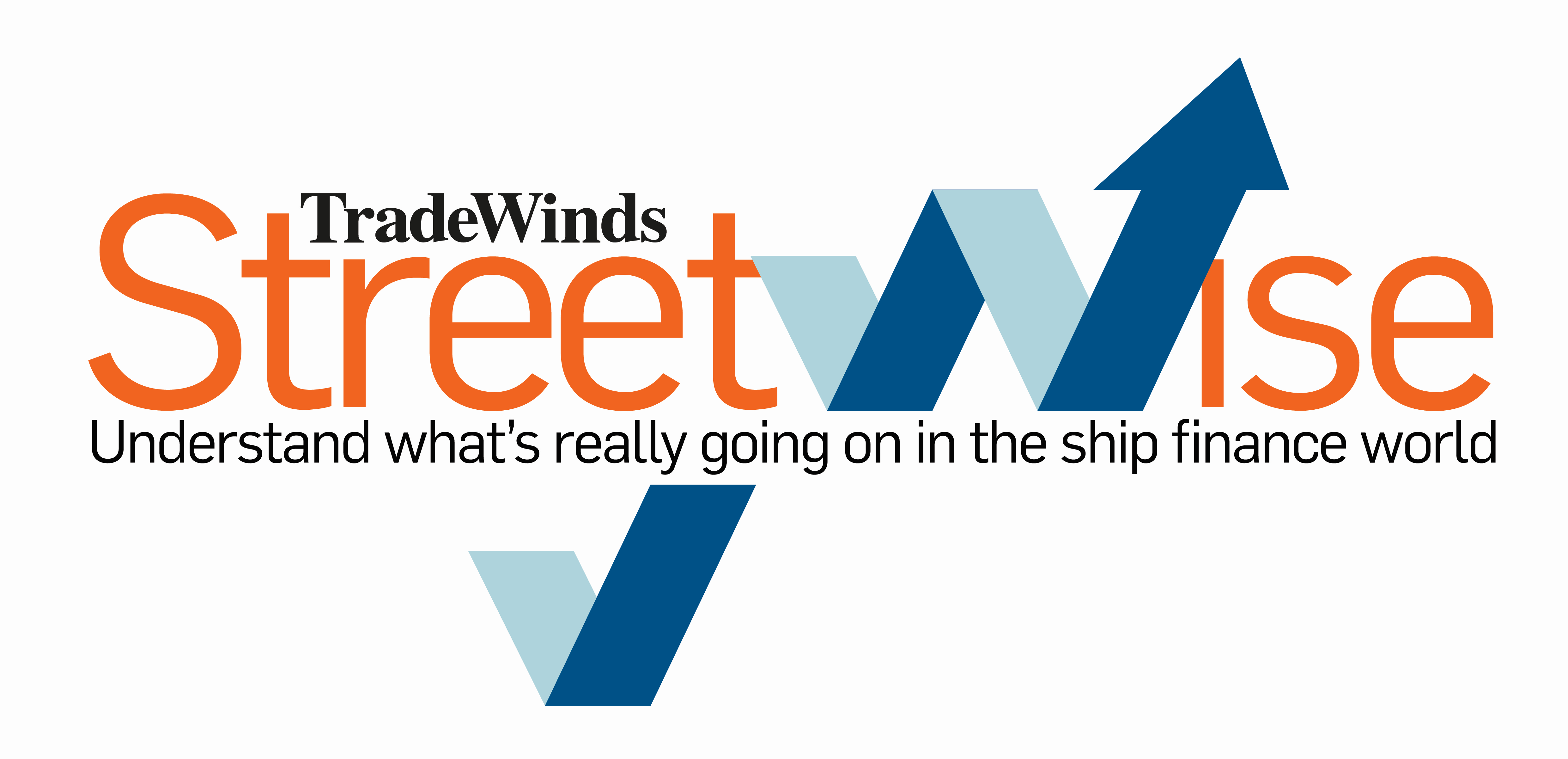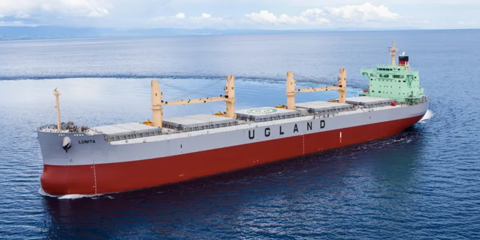A funny thing happened this week as the Baltic Dry Index (BDI) plunged to its lowest levels since the global Covid-19 lockdowns of 2020: shares of public dry bulk companies kept rising.
As the BDI found a new low of 921, the six biggest US-listed owners of pure dry bulk tonnage built on stock gains that have averaged 7% so far in 2023.
The biggest winners owned the biggest bulkers — capesizes.

Greece’s Star Bulk Carriers climbed 14%, while John Fredriksen’s Golden Ocean Group added 9% and New York-based Genco Shipping & Trading firmed 8%.
What to make of the divergence?
On a surface level, many investors see the same things sector analysts have spotted: after the usual period of seasonal weakness, the market is about to see China reopen and prioritise economic growth, re-entering in a big way starting around March.
Investors are trying to get ahead of the trend. And since Chinese steel production requires iron ore moved on capesizes, it is why the owners with that tonnage are benefiting most.
But there is something else happening here, and it did not start in the first two weeks of 2023.
The family of publicly listed dry bulk shipowners is growing up, and investors have noticed. They are no longer running at the first sight of a plunge in the BDI.
Now it is true that dry bulk stocks have come off the boil since June 2022, when rates finally lost steam that had been building since the post-Covid recovery in late-2020.
But it was far from the wipe out witnessed in past market cycles. The six bulker stocks under coverage of investment bank Jefferies lost an average of about 6% on the year. But that was before dividends that flipped the script positive for investors. More on those dividends later.
“When you think about it, dry bulk was not all that bad,” Jefferies lead shipping analyst Omar Nokta told Streetwise.
“Many people view 2022 as a disappointment, especially in the second half. But the money is a bit stickier than we’ve seen over the last 10 years. The stocks performed much better than they would have historically.”
Investor interest in the sector is much stronger than only five years ago, when “it was really hard to convince people to look at dry bulk”.
Investors had good reason to hesitate then. But understanding that requires a bit of history on the public dry bulk sector.
How dry trade came to be public
The sector was almost entirely private prior to late 2004, when the predecessor of Navios Maritime and then George Economou’s DryShips started a run on Wall Street fuelled by growth of the Chinese economy.
Through 2007, an entire sector of public dry bulk owners sprouted up through IPOs, with names such as Eagle Bulk Shipping, Genco and Diana Shipping joining the party.
The stocks delivered some wild short-term returns, with DryShips’ shares reaching a peak of $125 in October 2007.
But the sector engaged in an orgy of speculative overbuilding, with the orderbook at 80% of the global fleet when the world financial crisis struck the following year.
It took the dry trade the better part of a decade to overcome the glut of ships, with companies like Genco and Eagle Bulk going through Chapter 11 bankruptcies and many others restructuring outside of court — sometimes more than once.
So it was that sort of backdrop that left investors wary, even as recently as a few years ago.
Public bulker companies were smaller than their counterparts in tankers, traded fewer shares and generally were highly leveraged.
As recently as the second half of 2020, public bulker companies traded an average of 254,000 shares a day with an average dollar value of $1.5m.
But what Nokta identifies as an inflection point came in early 2021 amid the Covid-19 recovery. Prospective shareholders began to understand that an investment in dry owners was not necessarily synonymous with a bet on China.

That year’s strong market based on the global economy, even with China stalled, opened eyes to a “decoupling” of the two, Nokta said.
US-listed dry bulk owners traded an average 842,000 shares a day that year with a dollar value of $11.1m, the latter pushing them past tanker stocks.
Fast-forward to the current market, and the six largest US-listed bulker owners are trading an average 1.35m shares per day with a dollar value of $20m.
What else has changed? Bulker owners used the Covid recovery trade to bolster their balance sheets. Genco cut leverage to less than 10% at last report, with Eagle Bulk at 15%.
Paying dividends
Now about those dividends. Stronger balance sheets and huge cash flows made those possible too. For example, Eagle Bulk paid out $8.05 per share in dividends for 2022, while Star Bulk paid $6.50.
As we look further into 2023, it’s increasingly about China again on the demand side and what Nokta calls a “recoupling” of that story with dry bulk’s fortunes.
But it is not just about the prospective demand.
As longtime Neuberger Berman portfolio manager Jeremy Kramer — now an advisor to hedge outfit West Brow Transportation Fund — recently told Streetwise, he essentially passed on the dry bulk story of the mid-2000s because it was entirely demand-driven. He missed some big gains but also the crash and burn.
Dry bulk is among the shipping sectors that can speak of a low vessel orderbook for the foreseeable future at some 7%, and that is another story entirely.
“If you know there’s no supply growth, it gives you a certainty that you don’t find in a lot of industries,” Kramer told Streetwise.
It is the kind of certainty that attracts dollars — in this case the stickier the better.
More ship finance news
Britishvolt, the UK electric vehicle battery start-up in which Scorpio Group invested last year as part of a proposed maritime initiative, has collapsed into administration after an attempt to rescue the group failed. Click here to read.
Chinese shipping giant Cosco Shipping Holdings has revealed a huge new investment in a unit of state agricultural conglomerate Cofco. Click here to read.
Shipping magnate John Fredriksen has signalled he is going nowhere for now as a Euronav investor following his decision to pull out of a merger plan, increasing his stake in his Belgian rival to 20.31% from 17.78% after selling a 1% holding in December. Click here to read.(Copyright)



